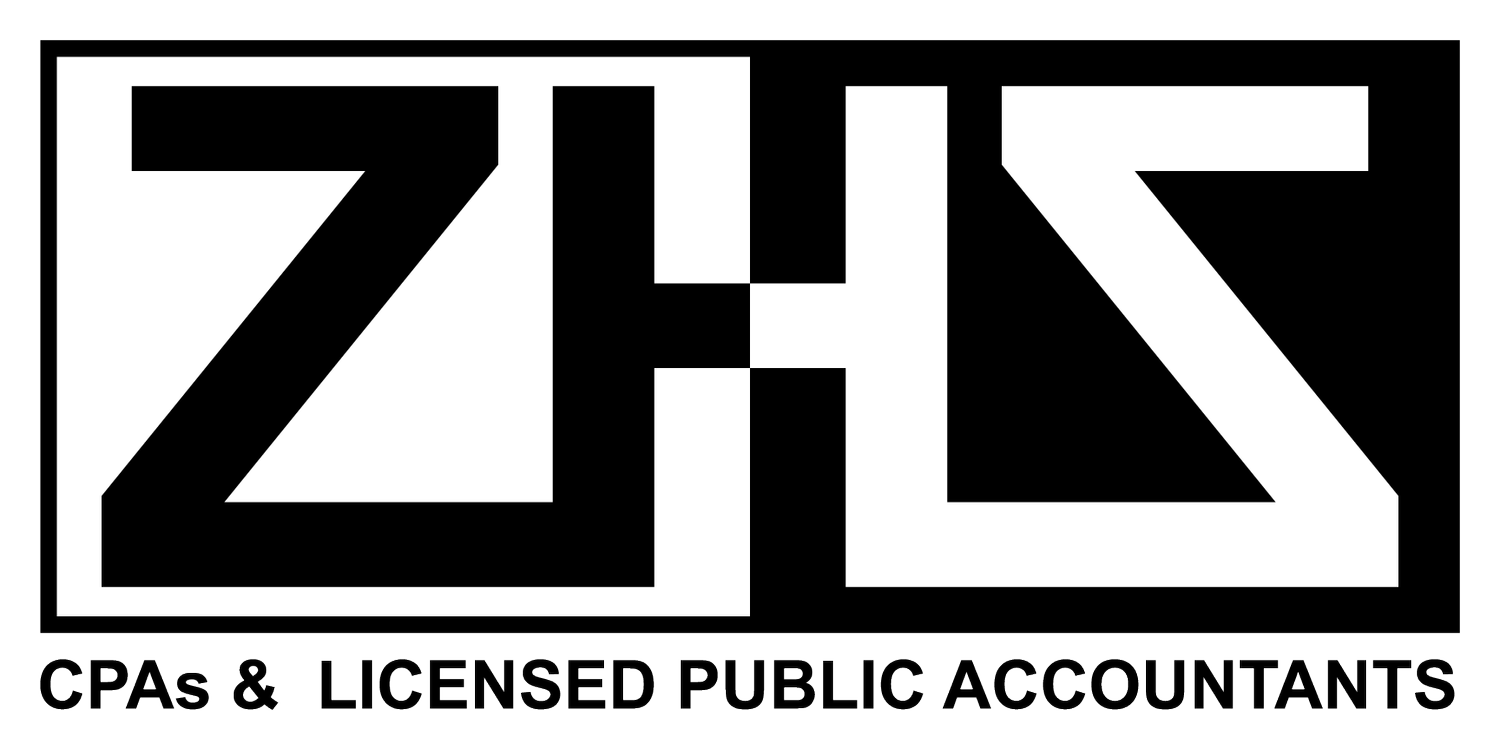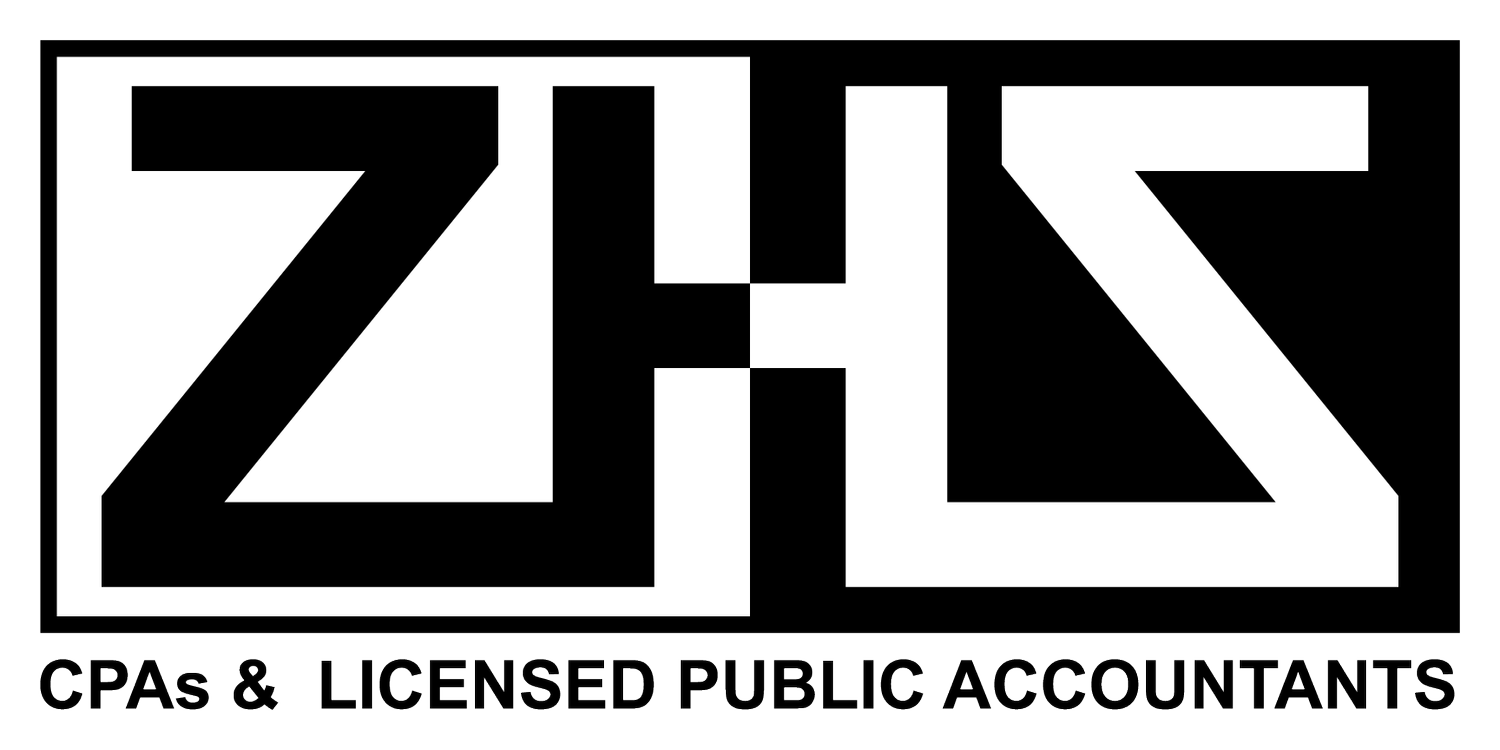What is a Shareholder Loan and What are Its Tax Consequences?
Shareholder loans are a useful method of funding a business when debt financing isn’t available. It particularly happens for businesses in the early stages.
A shareholder loan comes with tax implications for the lender and the borrower. Therefore, you must understand the compliance requirements for these loans.
What is a Shareholder Loan?
A shareholder loan refers to the amount that a business owes to its shareholders or it owes from its shareholders.
This is because shareholder loans work both ways. Shareholders may put additional equity funding in the form of a loan or they may withdraw funds from the business account as a loan.
The Canada Revenue Authority (CRA) guides that a corporation or any other business entity must formally record these loan arrangements between the entity and its shareholders.
Loans to Shareholders
Shareholders are paid in two ways; salary and dividends. Other types of payments come in the form of allowances, fringe benefits, personal drawings, etc.
If a shareholder withdraws money from the corporation’s account and doesn’t return it within a year, it will be considered a loan.
A common example of a shareholder from the corporation is a cash transaction or a funds transfer to the shareholder’s account.
If the amount is returned within the specified time (less than a year), it does not account for a shareholder loan.
Otherwise, the reporting entity must formalize the transaction into a loan. The formalization means creating a loan agreement between both parties.
For a shareholder loan arrangement, the corporation and the shareholder should be considered two separate parties.
Also, the agreement must state the minimum applicable interest rate, loan term, payment frequency, and repayment of the capital amount.
The current prescribed rate for such loan arrangement by the CRA is 5%.
Tax Implications
The reporting entity will record the amount paid to the shareholder as a “loan to shareholder” in its assets section.
It will also report the interest earned as part of its taxable income. Conversely, the shareholder can deduct the interest portion as a tax-deductible expense.
Since the capital amount of the loan is amortized over the loan term, it will not be considered as taxable income by the borrower nor an expense by the lender.
Loans from Shareholders
Apart from share capital, shareholders may lend money to their businesses as and when needed.
This arrangement should also be formally recorded for tax purposes of both parties. The capital loan amounts and the interest portions will be amortized over the length of the loan.
Also, the arrangement must disclose a preset interest rate, loan term, payment frequency, and other details.
Tax Implications
As stated above, the capital portion of the loan will not be considered taxable income by the borrower. In this case, the business can deduct the interest payments as a borrower.
Likewise, the shareholder will report interest earned as taxable income as a lender to the business.
The business entity will create a “loan from shareholders” liability in its liabilities and equity section of the balance sheet.
Capital Contributions vs. Loans
Share capital is an equity account while a shareholder loan is a debt account. Both types of funding come from the shareholders but have different consequences.
Capital contributions are permanent and shareholders are rewarded in the form of dividend payments and capital gains but the amount is never returned by the entity.
Capital contributions increase the stakes of the shareholders and decrease when they sell their shares to receive capital gains.
Shareholder loans are temporary and repaid by the business entity through monthly or quarterly loan installments with a preset interest rate.
Shareholder loans do not impact the shareholding stakes in providing or repayment of these loans.

